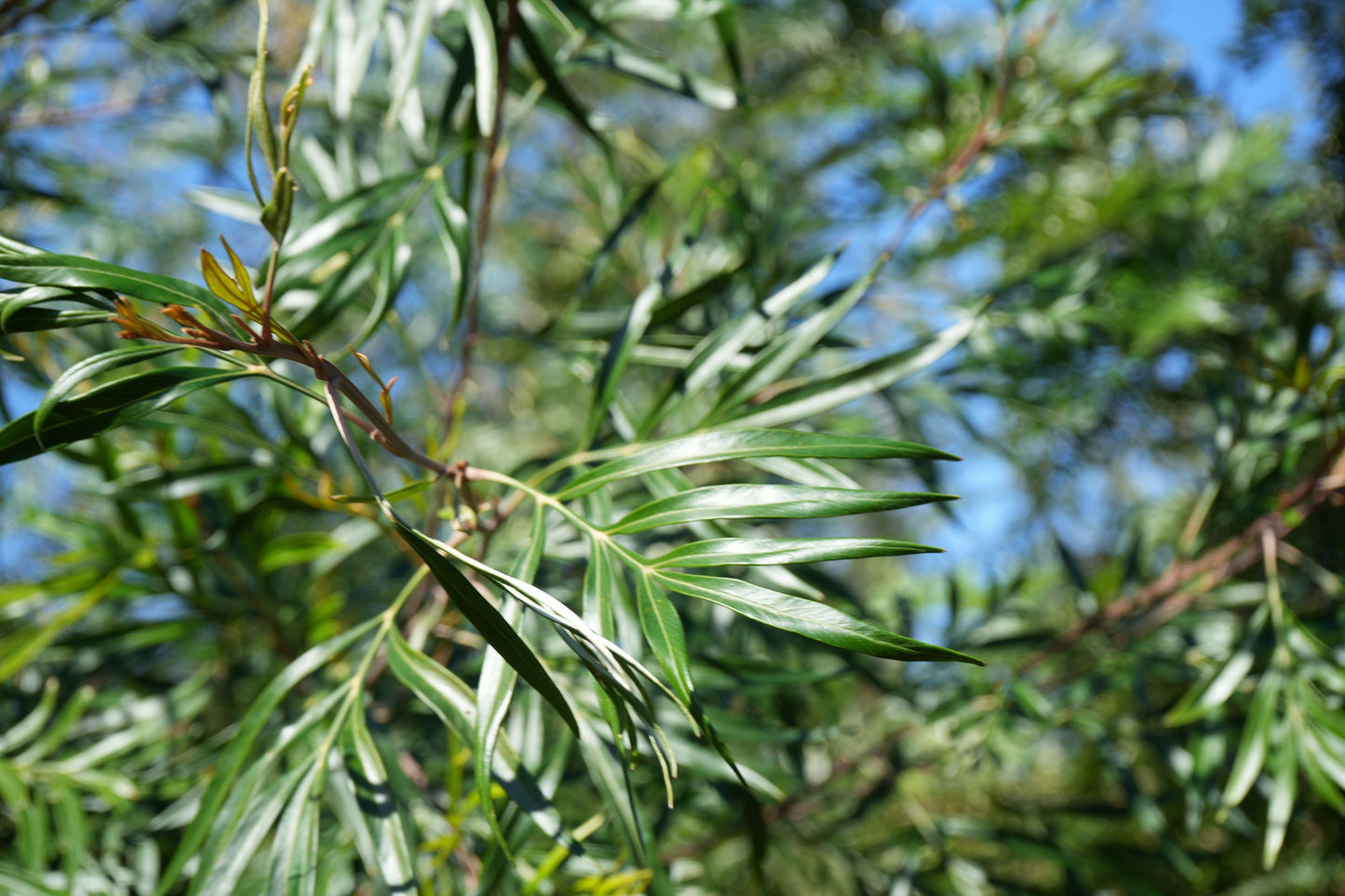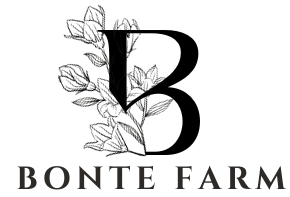Bonte Farm
Grevillea banksii: Embrace the Beauty of Australian Flora
Grevillea banksii: Embrace the Beauty of Australian Flora
Couldn't load pickup availability
Grevillea banksii: Vibrant Blooms for the Australian Garden
Grevillea banksii, commonly known as the Red Silky Oak or Banks' Grevillea, is a beautiful and versatile Australian native shrub or small tree prized for its vibrant, bottlebrush-like flowers that attract a plethora of wildlife. Its relatively fast growth rate and adaptability to various conditions make it a popular choice for gardens in suitable climates.
A Burst of Color:
- Spectacular Flowers: Grevillea banksii produces stunning, cylindrical flower spikes that are typically red, but can also be pink, orange, or even cream. These blooms are borne profusely throughout the year, with peak flowering often occurring in spring and summer, creating a vibrant and eye-catching display.
- Attractive Foliage: The plant's deeply lobed, fern-like leaves add to its ornamental appeal, providing a lush, green backdrop to the colorful flowers.
Botanical Characteristics:
- Scientific Name: Grevillea banksii
- Common Names: Red Silky Oak, Banks' Grevillea
- Growth Habit: Shrub or small tree, often with a spreading habit.
- Foliage: Deeply lobed, fern-like leaves, typically dark green.
- Mature Size: Typically reaches 10-20 feet (3-6 meters) in height and a similar spread, although it can grow larger in ideal conditions. Some cultivars remain smaller and more compact.
- USDA Hardiness Zones: 9-11. Thrives in warm, frost-free to mild climates.
Cultivation and Care:
- Sunlight: Requires full sun to partial shade for optimal growth and flowering. In extremely hot climates, some afternoon shade can be beneficial.
- Soil: Well-drained soil is essential. Grevillea banksii tolerates a range of soil types, including sandy and loamy soils, but does not like waterlogged conditions.
- Water: Drought-tolerant once established. Water deeply and infrequently, allowing the soil to dry out somewhat between waterings. Regular watering is beneficial during the first year to establish a strong root system.
- Fertilizer: Generally does not require heavy fertilization. A light application of a balanced, slow-release fertilizer in spring can be beneficial. Avoid fertilizers high in phosphorus, as they can be detrimental to grevilleas.
- Temperature: Prefers warm temperatures and is tolerant of heat. Protect from prolonged frost, especially when young.
- Pruning: Light pruning after flowering can help maintain shape, remove spent flower heads, and encourage bushier growth.
Landscape Use:
- Specimen Plant: Grevillea banksii makes an excellent specimen plant, particularly in gardens where its colorful flowers and attractive foliage can be showcased.
- Screening Plant: Its relatively fast growth rate and dense foliage make it a good choice for a screening plant or informal hedge.
- Wildlife Garden: Its nectar-rich flowers attract a variety of wildlife, making it a valuable addition to a wildlife garden.
- Coastal Gardens: Tolerates some salt spray, making it suitable for coastal locations.
Wildlife Attraction:
- Pollinators: The abundant nectar attracts a wide range of pollinators, including bees, butterflies, and moths.
- Birds: The flowers provide a food source for nectar-feeding birds, such as honeyeaters.
Pest and Disease Resistance:
- Generally resistant to most pests and diseases.
- May be susceptible to scale insects or aphids in some areas. Root rot can be a problem in poorly drained soils.
Propagation:
- Typically propagated from cuttings.
- Seed propagation is possible but can be more challenging.
Incorporating Grevillea banksii into Your Landscape:
- Planting Location: Choose a sunny to partially shaded location with well-drained soil. Consider the mature size of the plant when selecting a planting site.
- Companion Plants: Plant with other drought-tolerant, Australian native plants that complement its colorful flowers and foliage.
- Mulching: Use a mulch to help retain moisture, regulate soil temperature, and suppress weeds.
Relevant Plants: Grevillea banksii, Red Silky Oak, Banks' Grevillea, grevillea, Australian native plant, flowering shrub, specimen plant, drought-tolerant plant, screening plant, wildlife garden plant, coastal garden plant, USDA zone 9, USDA zone 10, USDA zone 11, red flowers, bird-attracting plant, pollinator-friendly plant.
Share


